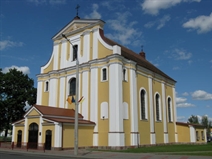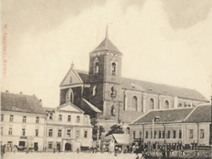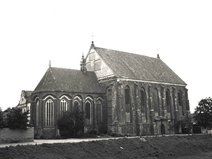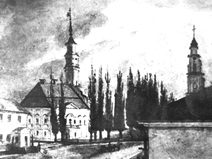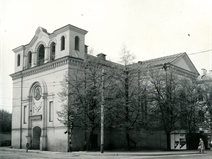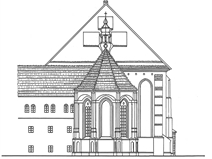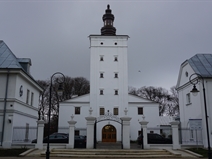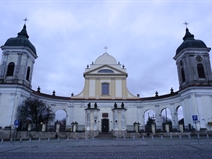
Adresas: Kauno m. sav., Kauno m., Rotušės a. 7, 8, 9
Architektūros tipas: Professional
Architektai:
Laikotarpis: Grand Duchy of Lithuania
Architektūros šakos: Separate building, Architecture, Religious buildings, Church
Medžiagos:
Susiję objektai
1 iš 12
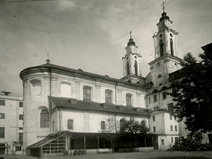
Jesuit foundation
Adresas Kauno m. sav., Kauno m., Rotušės a. 7, 8, 9

Archaeological research of St. Francis Xavier Church in Kaunas (Survived)
Adresas Kauno m. sav., Kauno m., Rotušės a. 7, 8, 9

Jesuit monastery in Kaunas (Survived)
Adresas Kauno m. sav., Kauno m., Rotušės a. 7
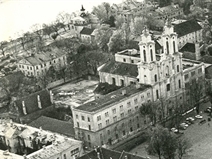
Block Jesuit monastery in Kaunas
Adresas Kauno m. sav., Kauno m., Rotušės a. 7, 8, 9
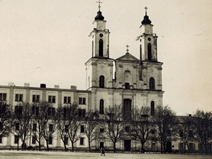
Kaunas St. Francis Xavier Church (Survived)
Adresas Kauno m. sav., Kauno m., Rotušės a. 8
